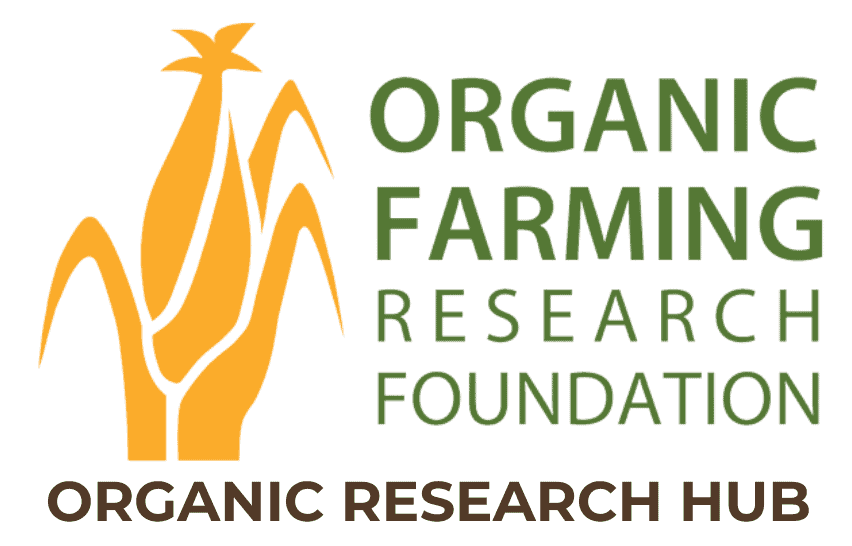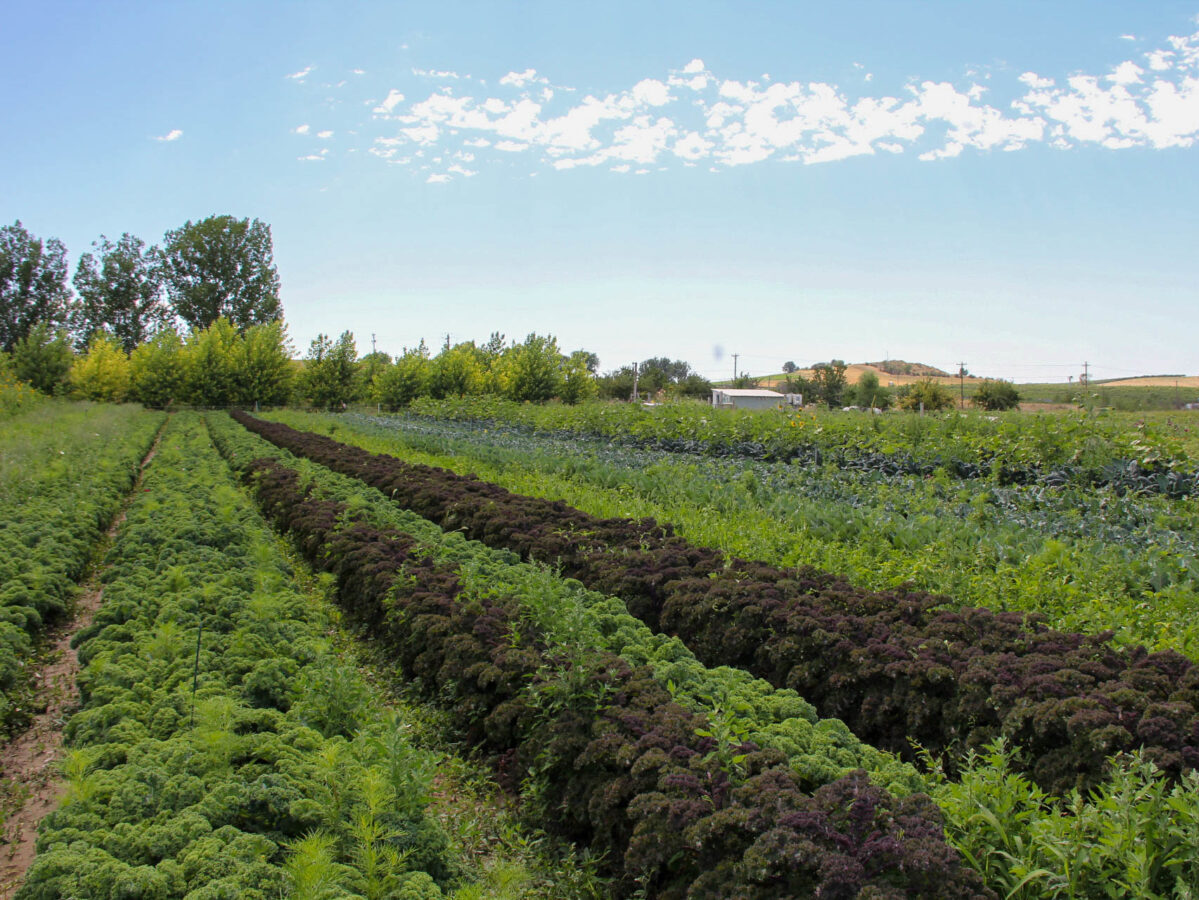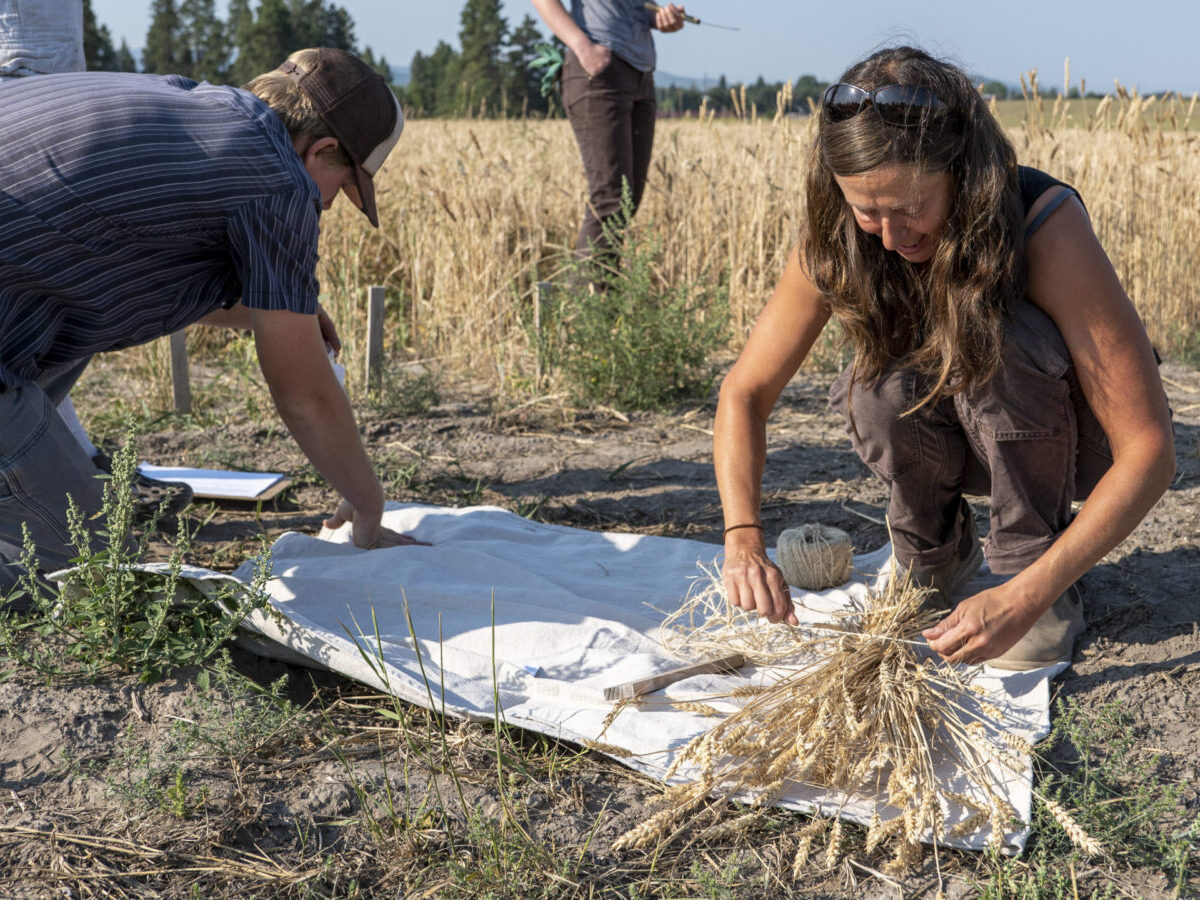Evaluation of Organic Strawberry Transplants for Organic Strawberry Production
Stefanie Bourcier, Farm Fuel Inc. and Lisa Bunin, Organic Advocacy

Conventional strawberry nurseries have used fumigated soils for decades, employing methyl bromide, chloropicrin, Telone, and other highly toxic synthetic chemicals. These nurseries are the primary source of transplants for both conventional and organic strawberry farmers. Although many organic growers have expressed frustration with relying on conventional transplants, they have no alternative, as organic transplants have not been commercially available. The “commercial availability clause” in the USDA’s National Organic Program (NOP) regulations permits organic farmers to grow their fruit from conventionally propagated transplants without specifying a timeline for phasing-out their use. Consequently, there has been little pressure from government or market forces to provide organic strawberry transplants for organic farmers who cultivate public varieties. Research and investment are needed to overcome these challenges in the organic strawberry industry and to ensure a reliable commercial supply of field-tested, public varieties of organic transplants.
In addition to the scarcity of organic transplants, transitioning from conventional ones has been complicated by a crucial question: Do organic transplants perform as well as their conventional counterparts on the same farm? To investigate this important query, Dr. Lisa J. Bunin, Director of Organic Advocacy, collaborated with Stefanie Bourcier, CEO of Farm Fuel Inc., to evaluate the field performance of public varieties of organic versus conventional transplants.
In partnership with five organic strawberry growers, we conducted a field study at five locations in Santa Cruz, San Mateo, and Monterey Counties during the 2018/2019 growing season, from November through September. Each site was structured as a replicated randomized complete block trial, analyzing plant growth, disease occurrence, and both harvestable and non-harvestable yields. Both transplant types had roughly the same planting date, chill hours, and organic production protocols. Twenty plants at the center of each plot were marked with color-coded tape to create a data collection area for measures of diameter, disease, and yield. Our field data clearly showed that organic transplants performed just as well, if not better, than conventional transplants at each site. We observed no significant disease occurrences for either organic or conventional transplants.
We hope the data gathered from this field trial will give organic strawberry growers the confidence to transition away from conventional transplants. With this new information now available, we expect an increased interest from strawberry nurseries in California to produce organic strawberry transplants. Additionally, with support from California Certified Organic Farmers (CCOF), organic strawberry farmers will eventually be required to use organic transplants as supply grows to meet demand. Once organic transplants become the industry standard for organic strawberry growers in the state, approximately 1.3 million pounds of the most hazardous pesticides will no longer be released into the environment each year.
Region
West/Southwest
Topic
Plant Breeding, Varieties, and Seeds
Category
Vegetables/Fruits
Date Range
2011-2020
Funding Amount
$14,960
Funding Year
2018Location
Watsonville, California
Collaborators
Fernando Garcia, Field Researcher, Farm Fuel Inc.
Lucy Toyama, Field Trial Collaborator & Data Analyst, Farm Fuel Inc.



